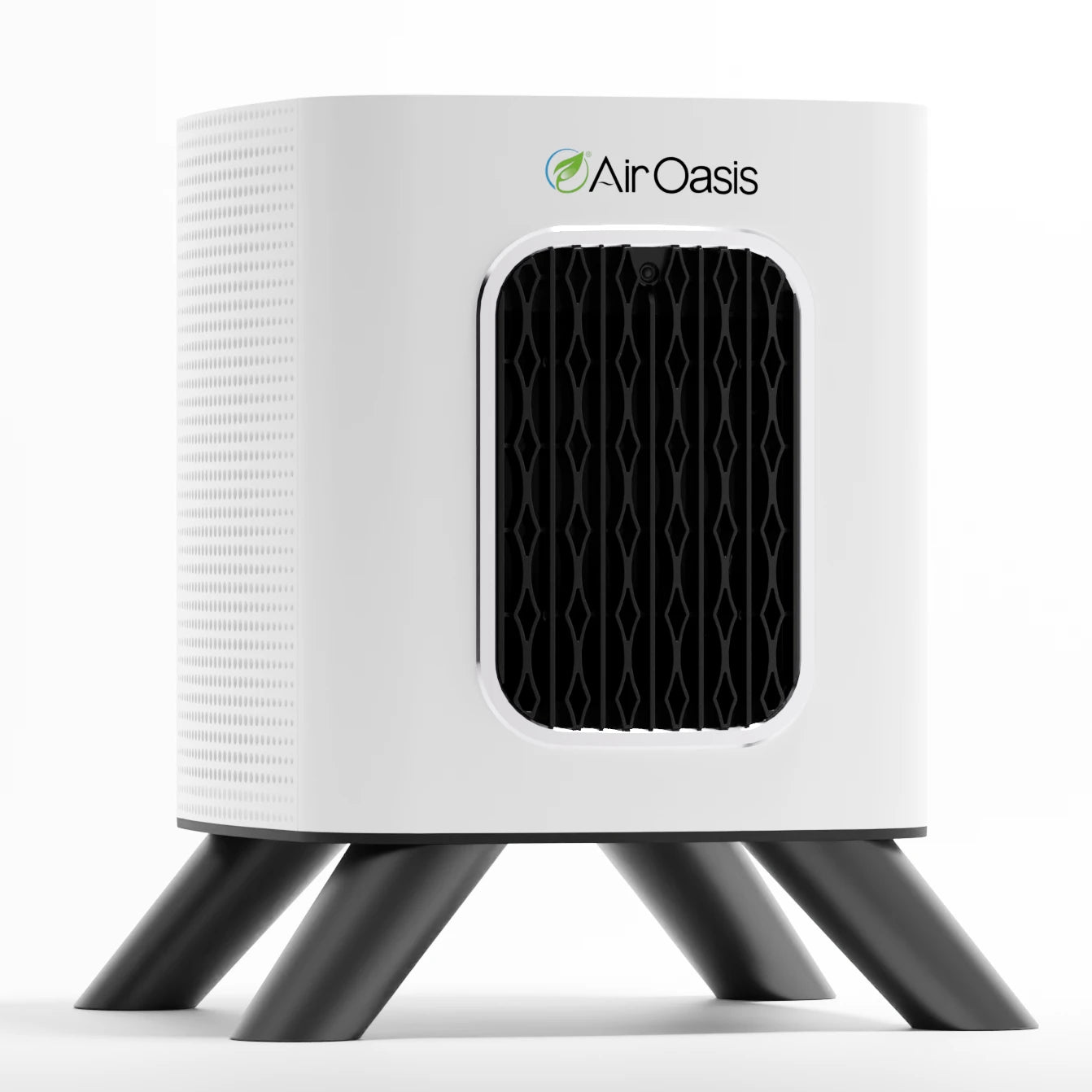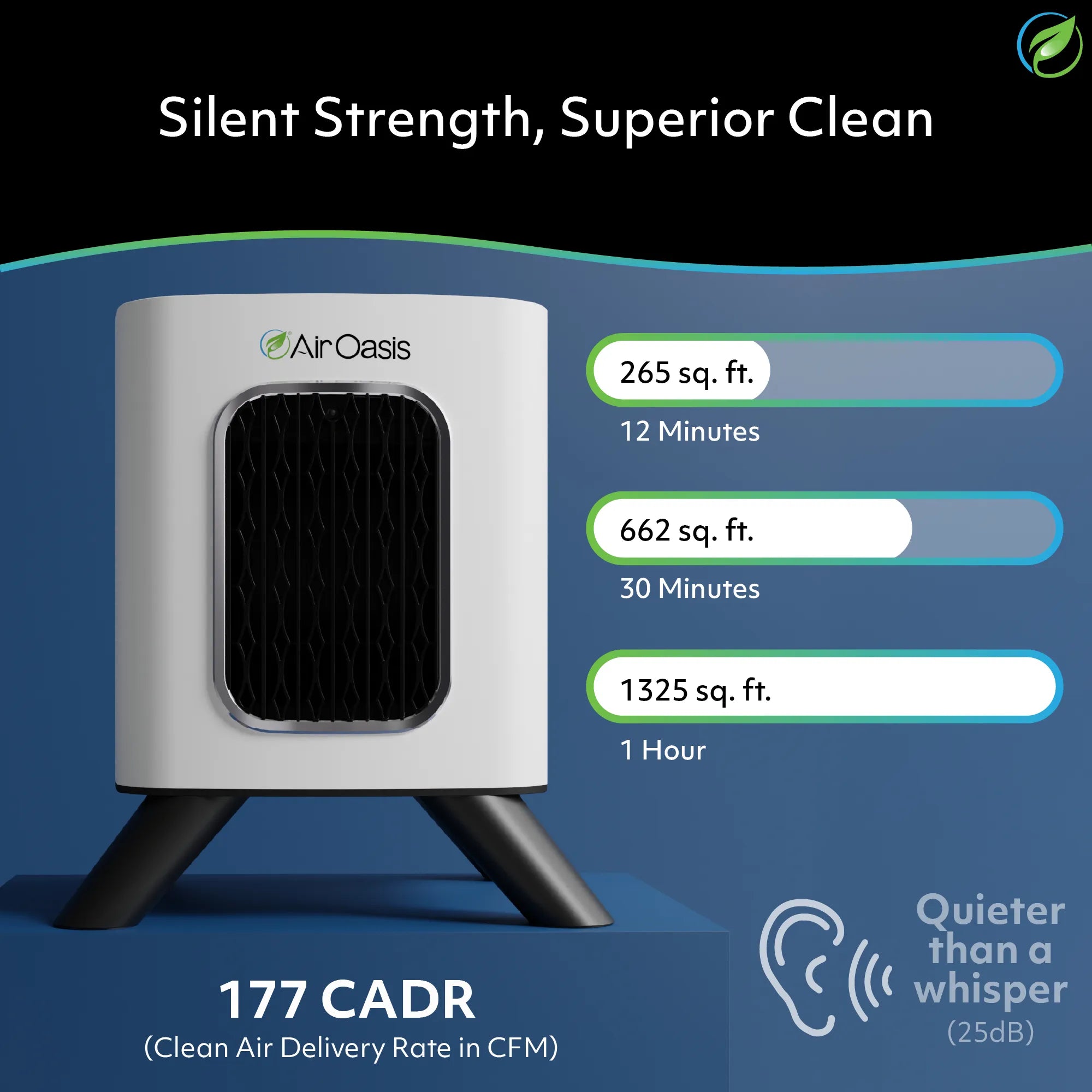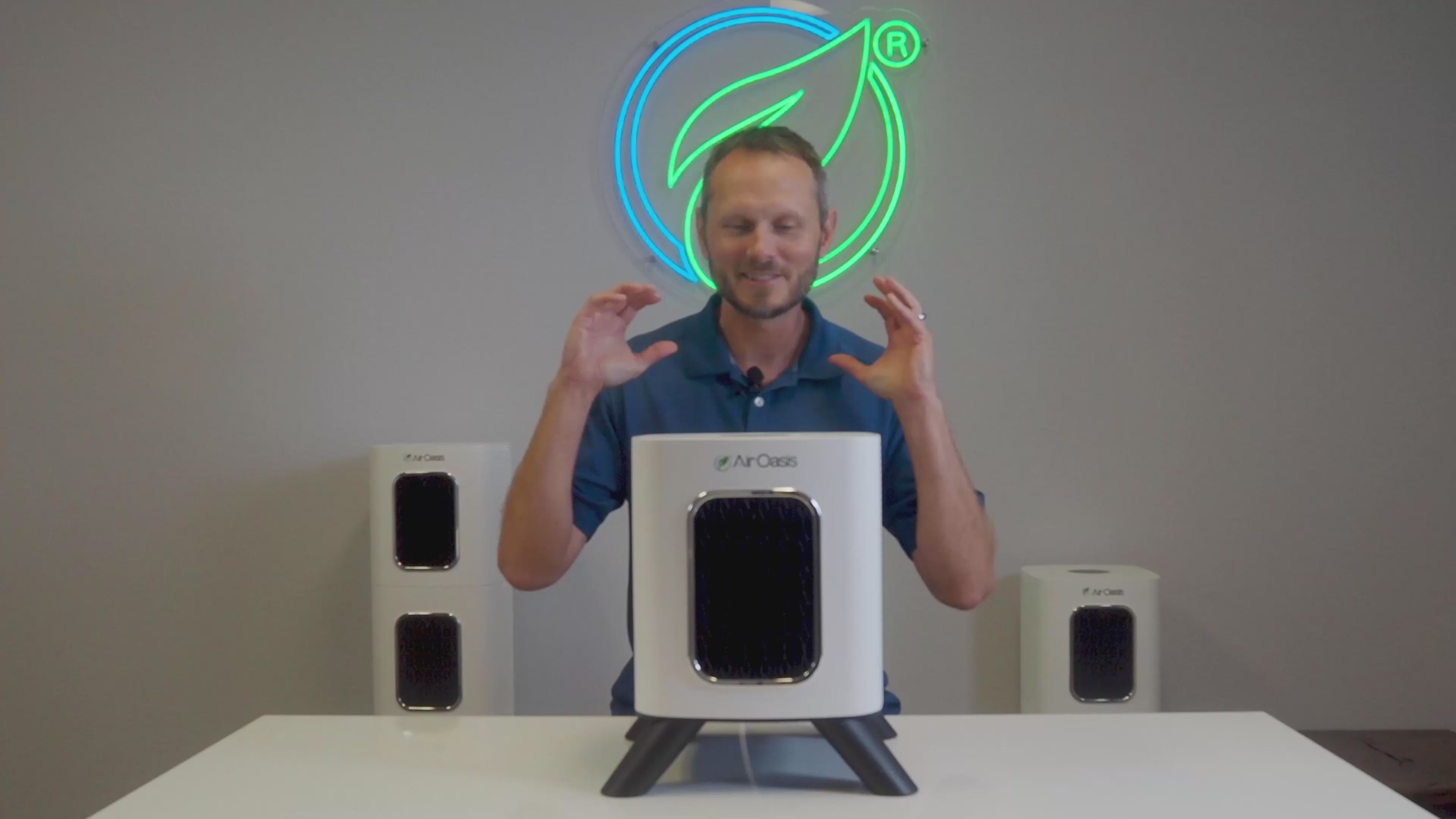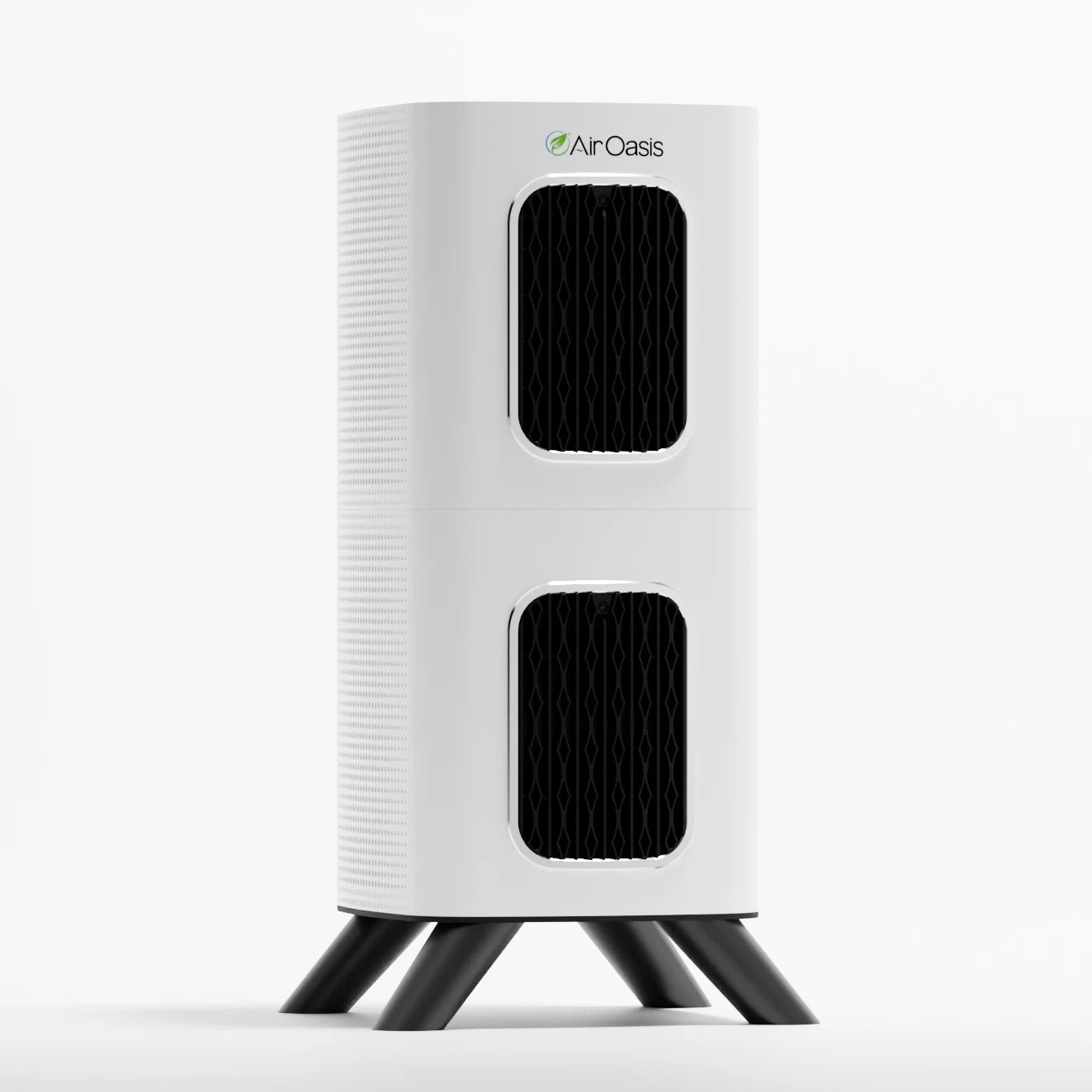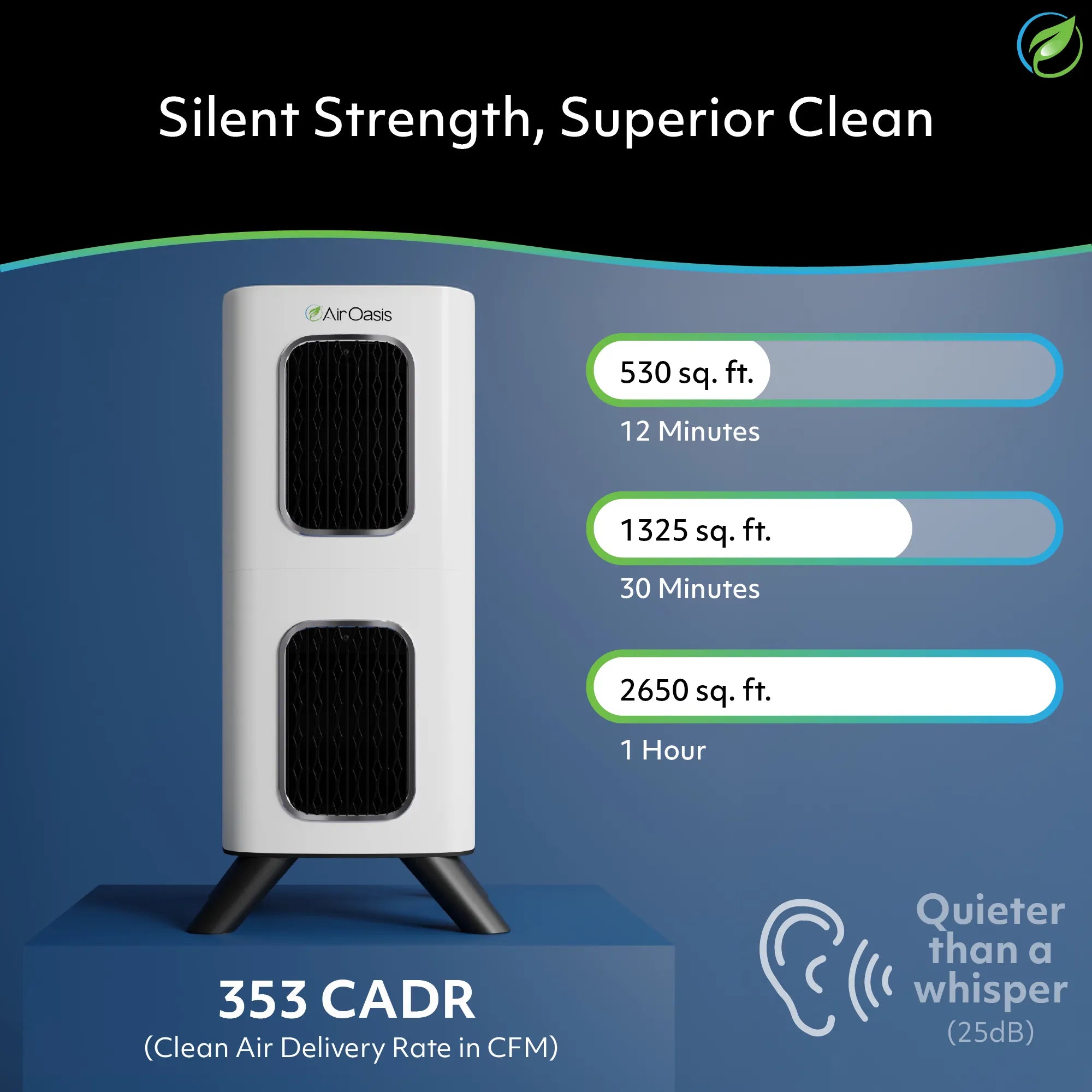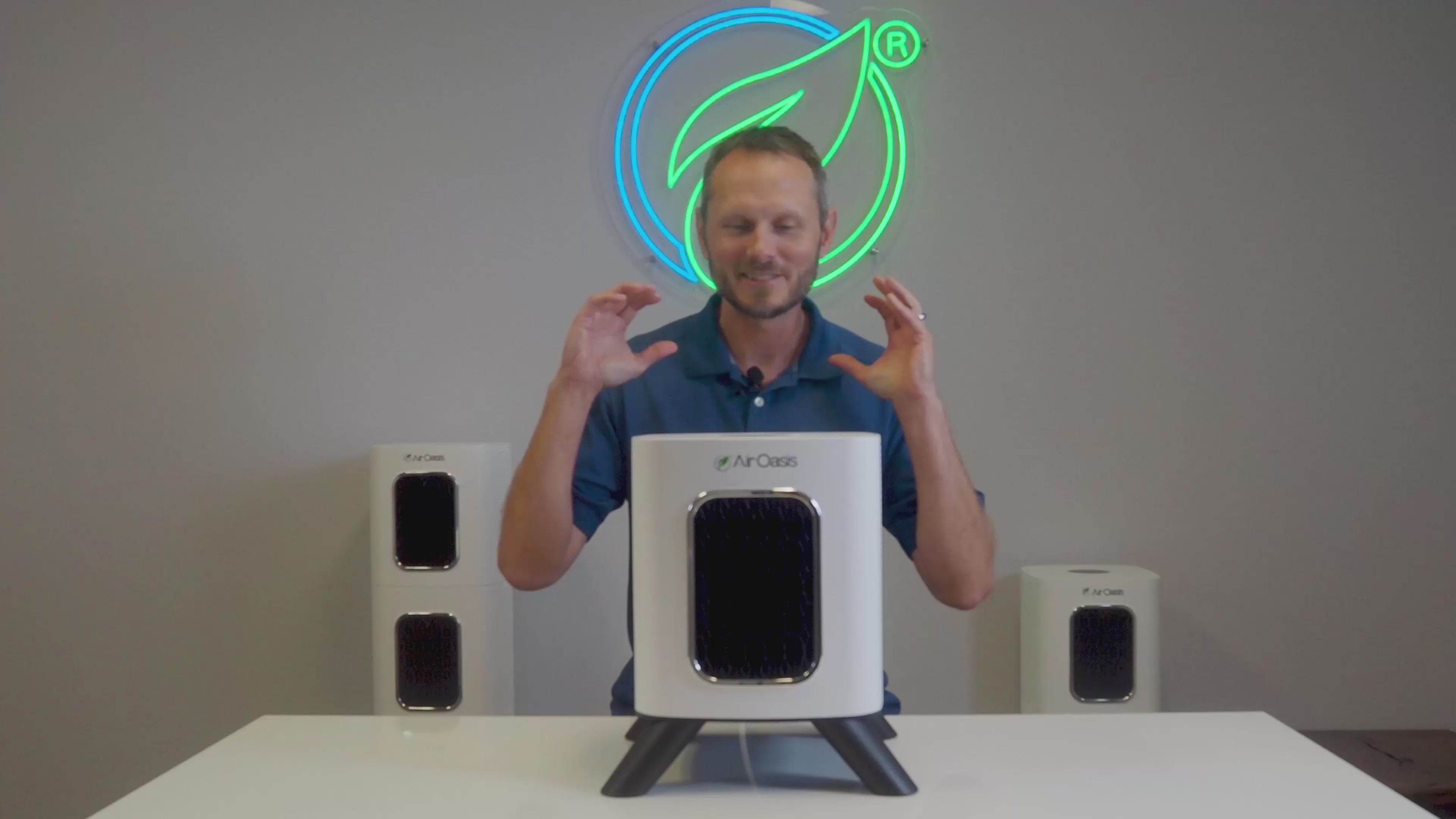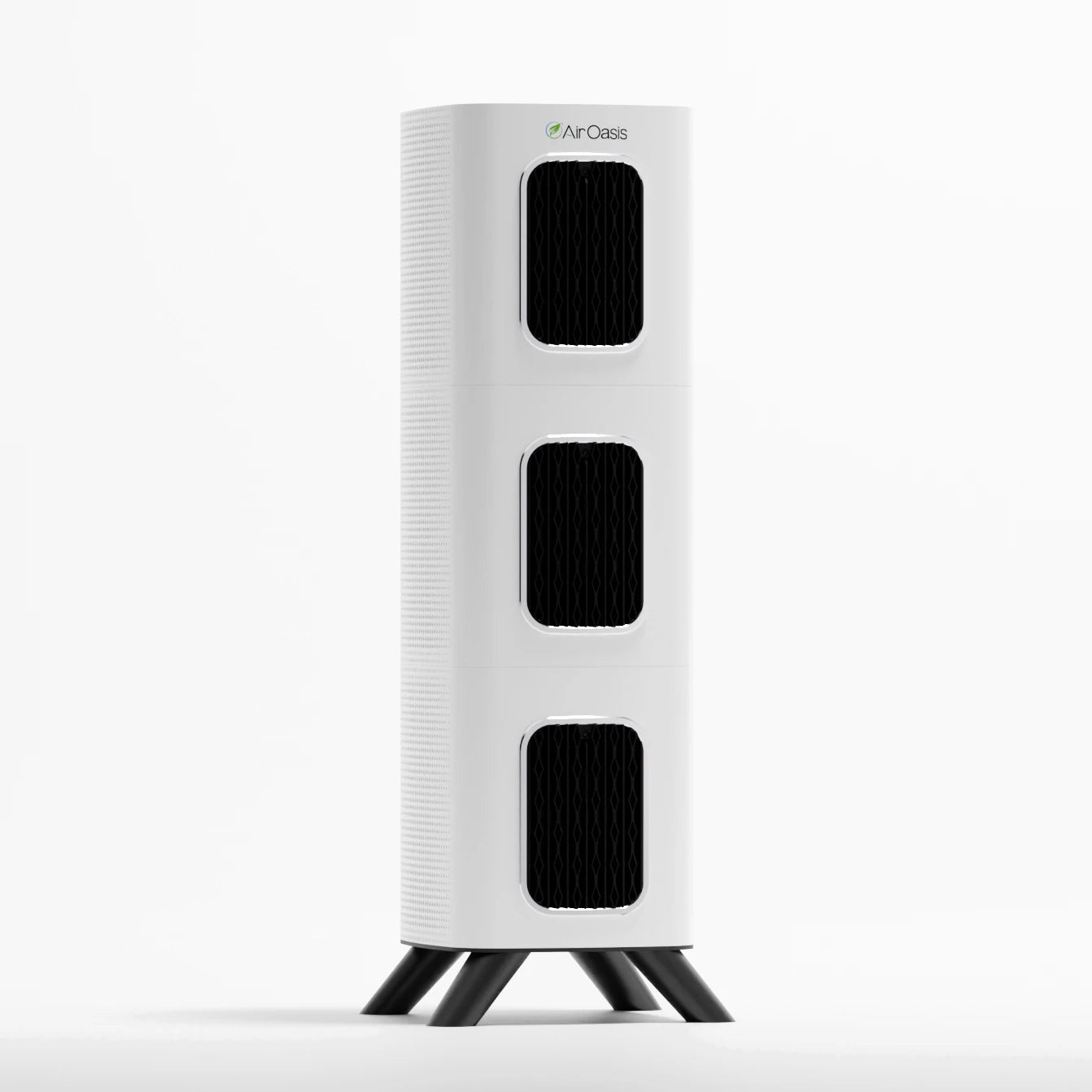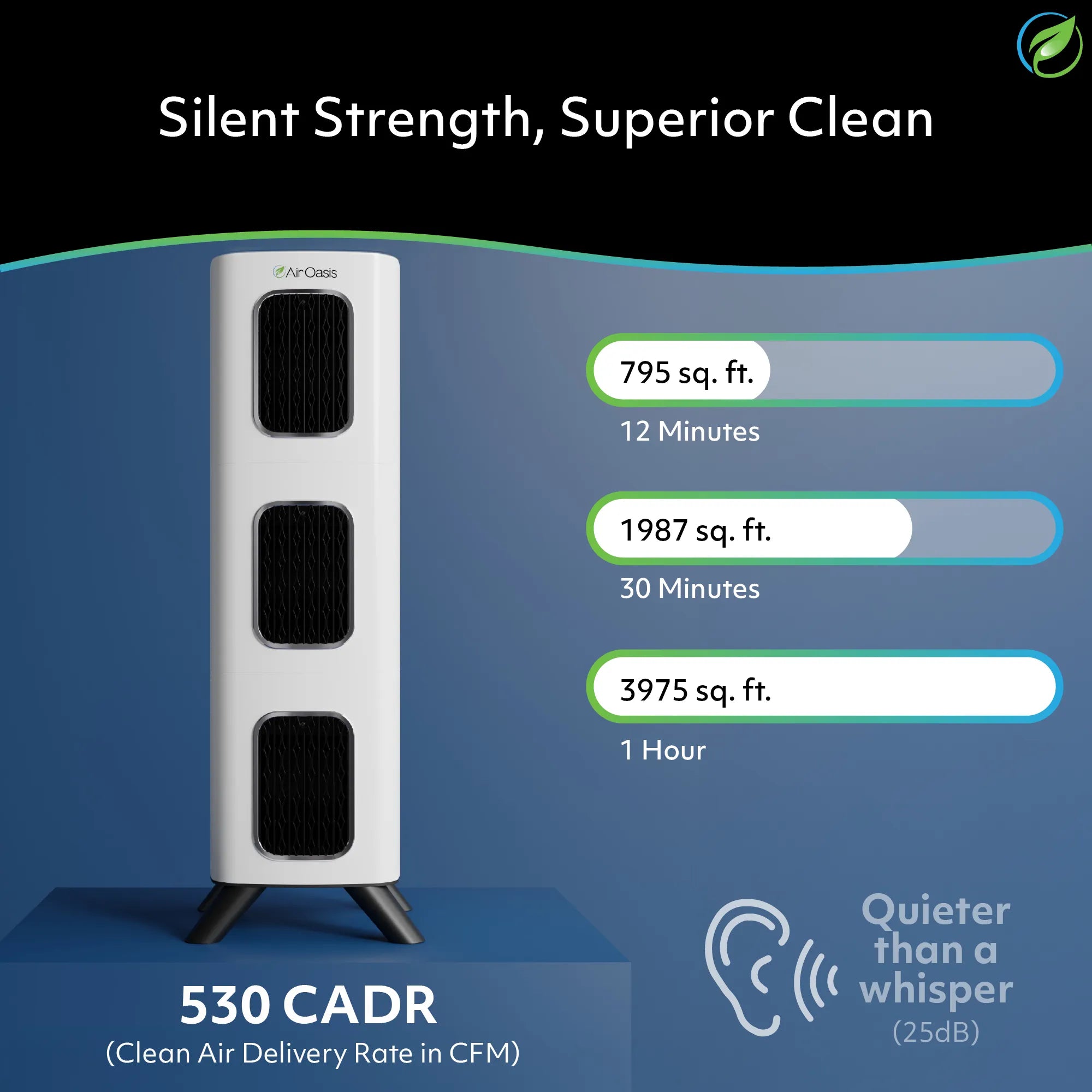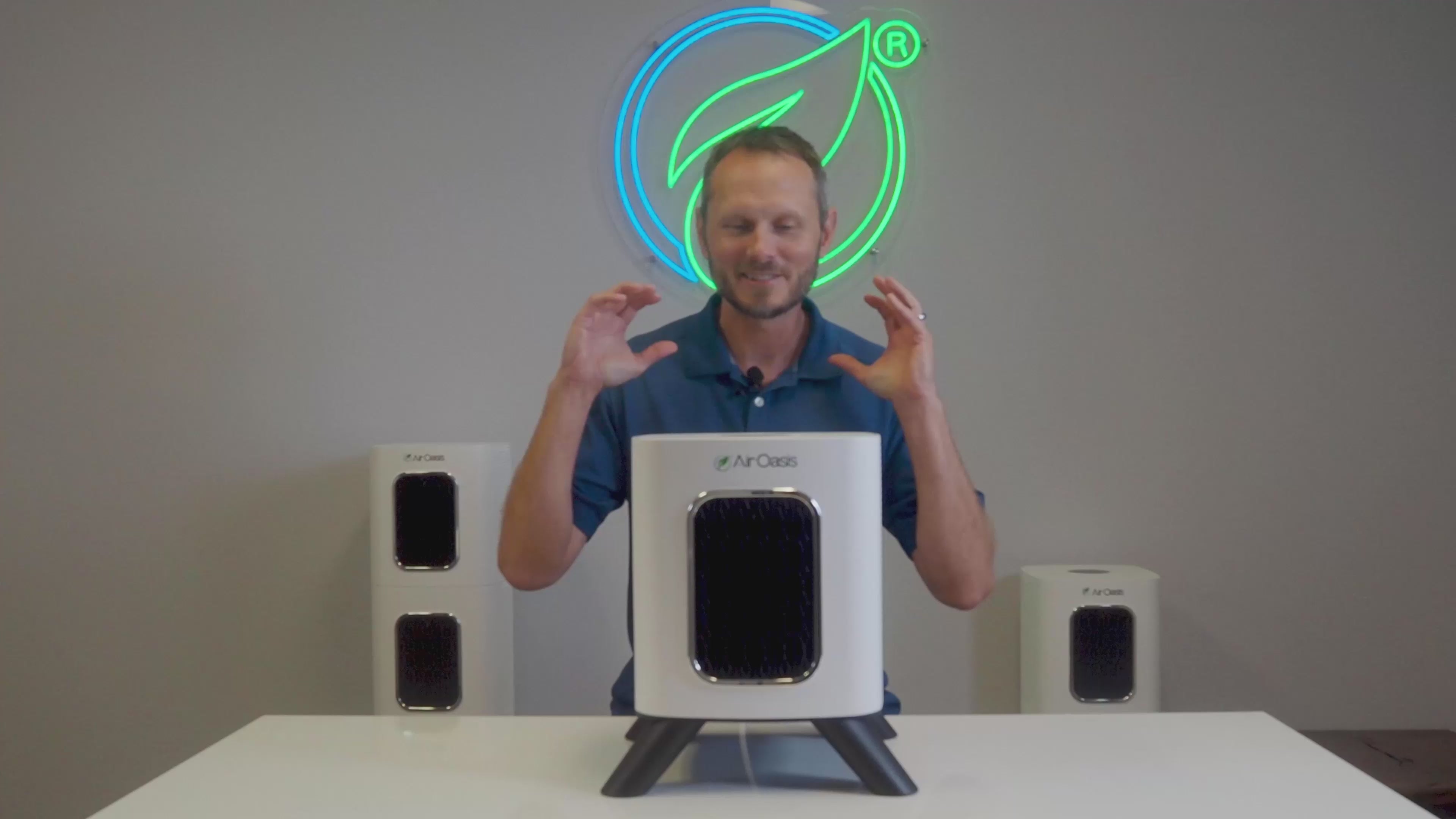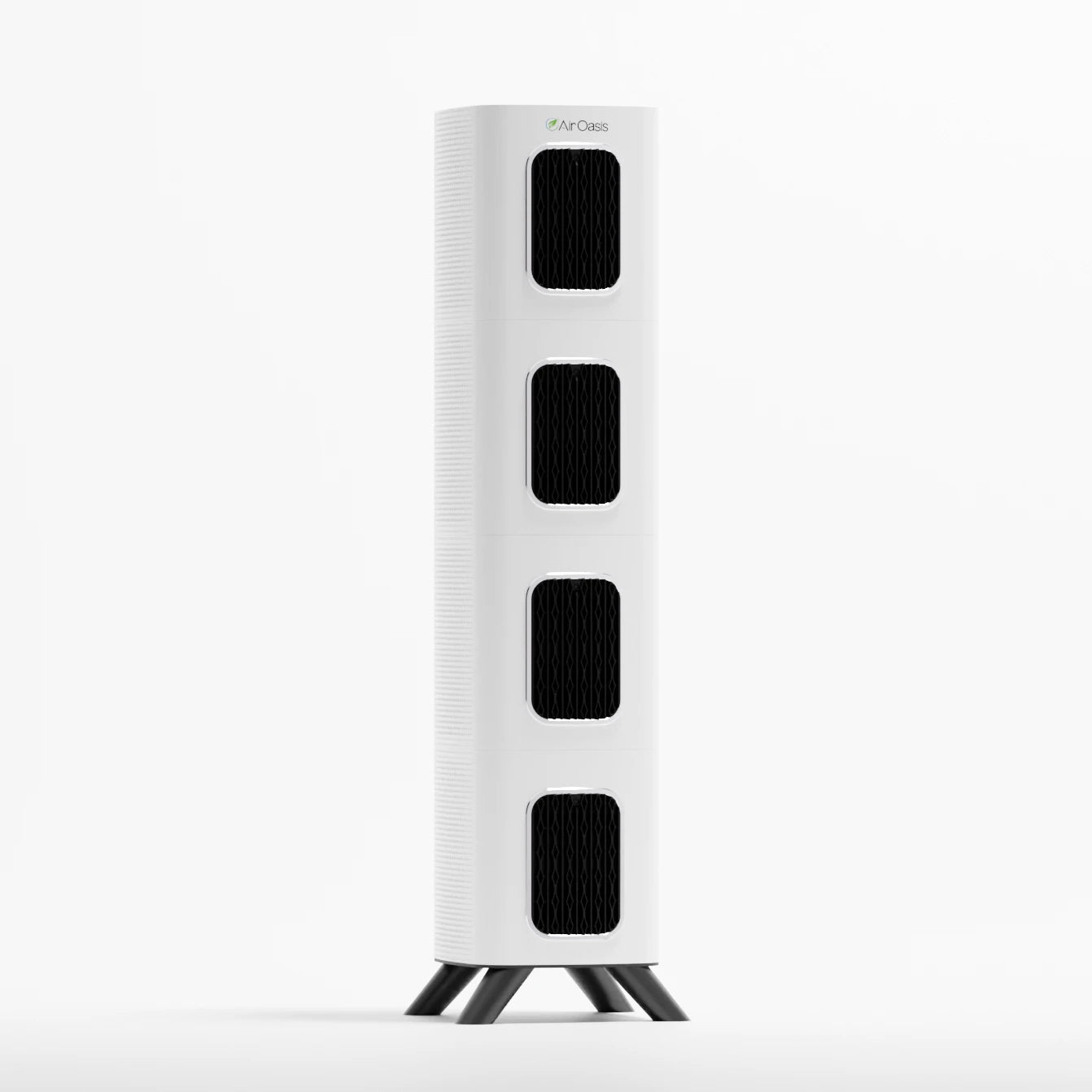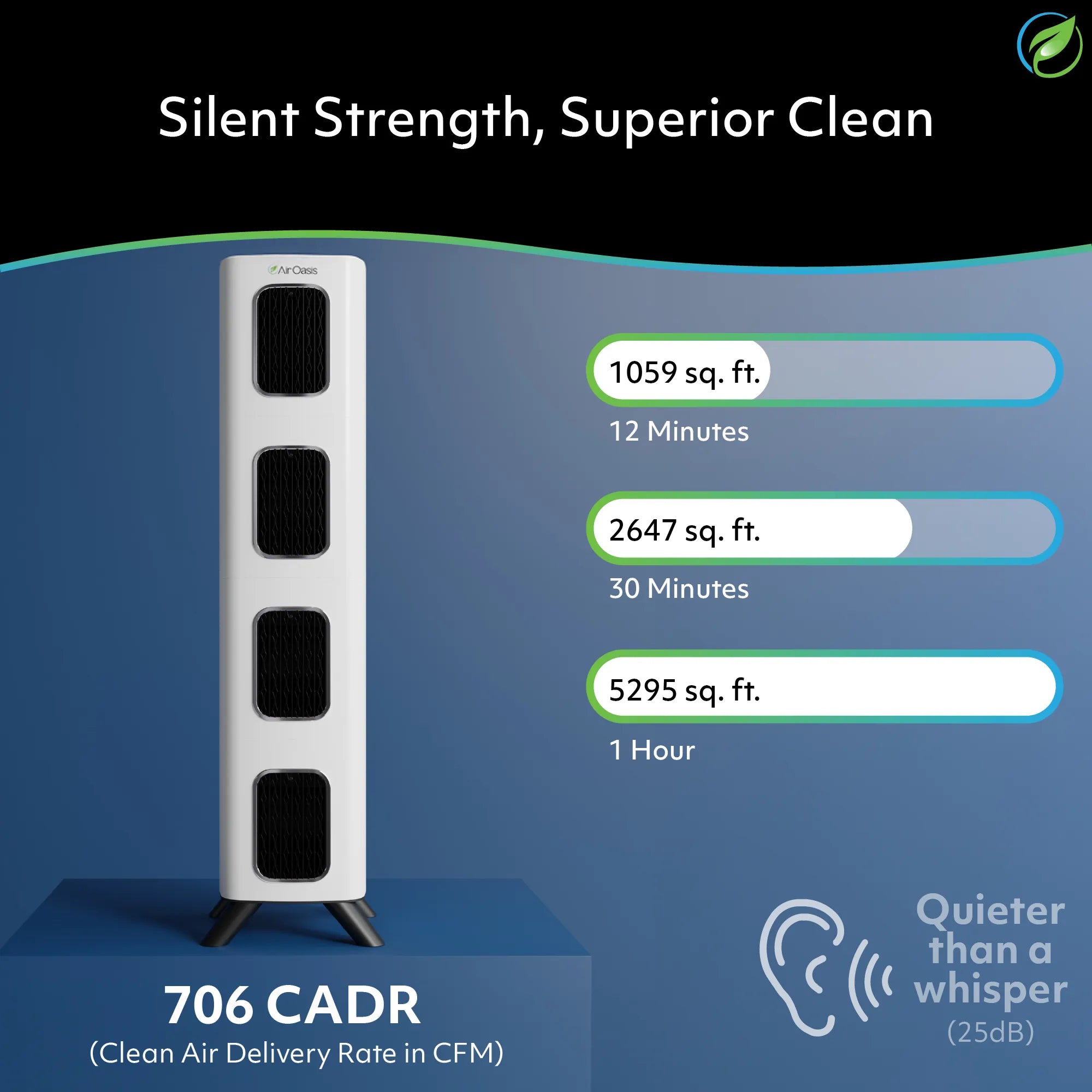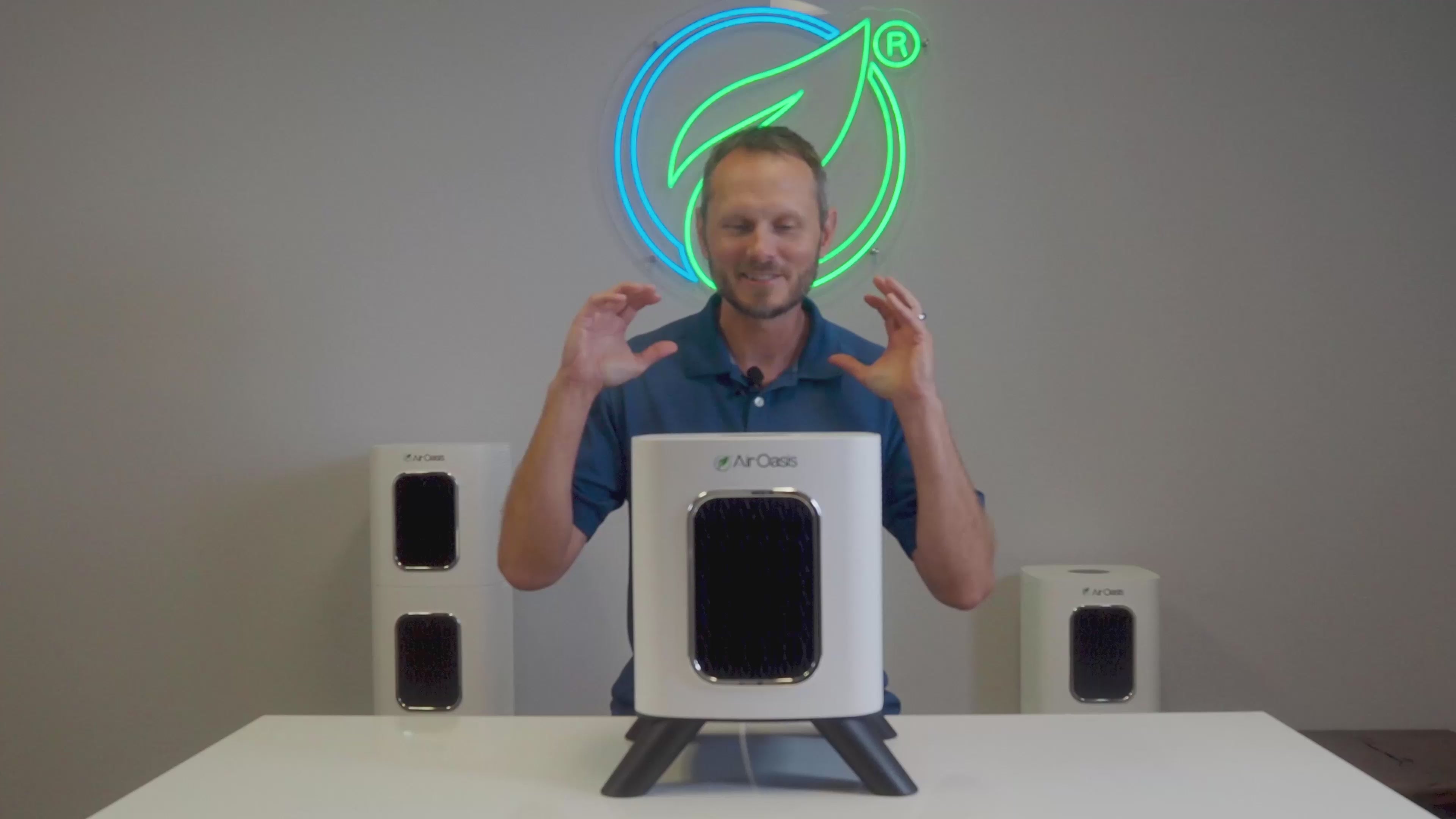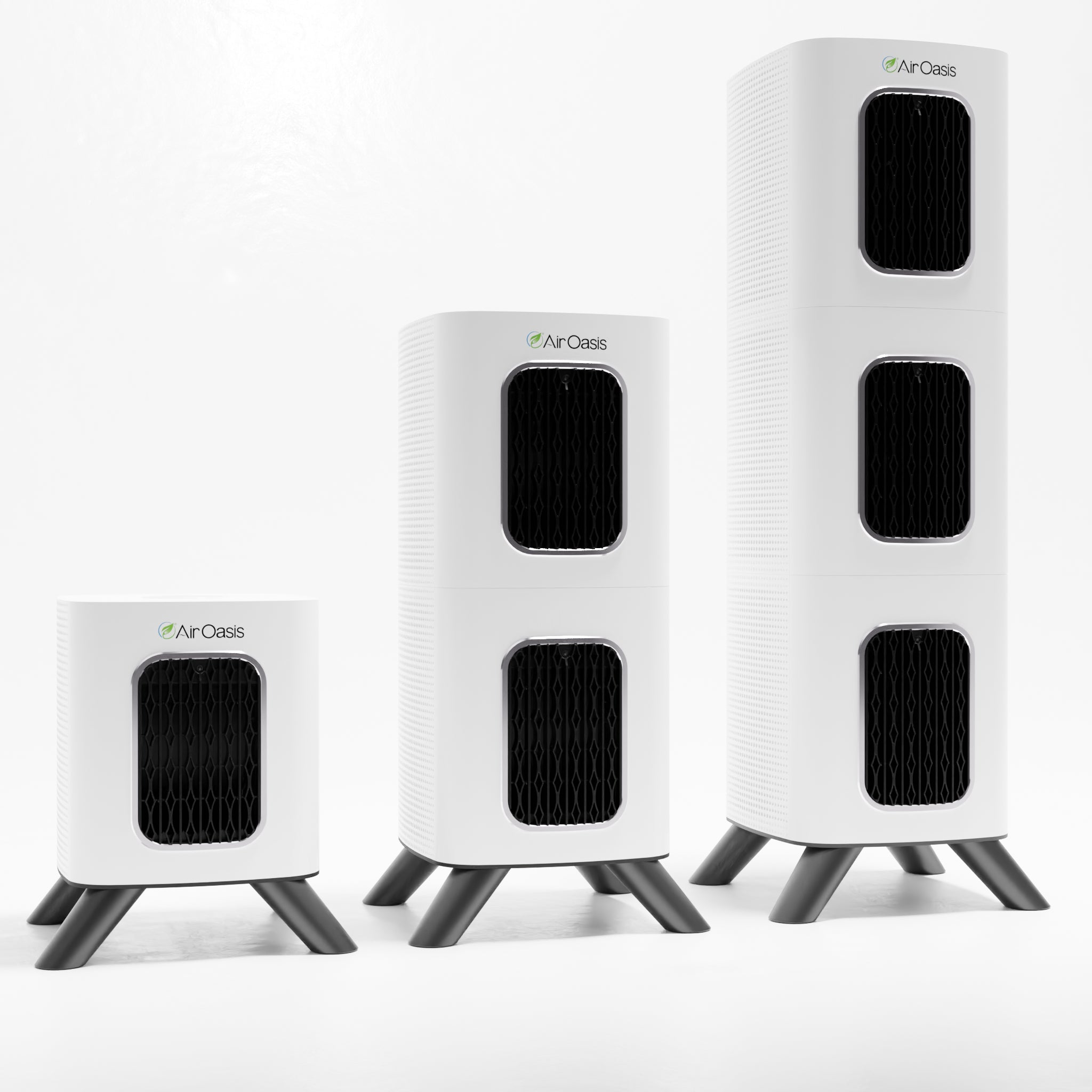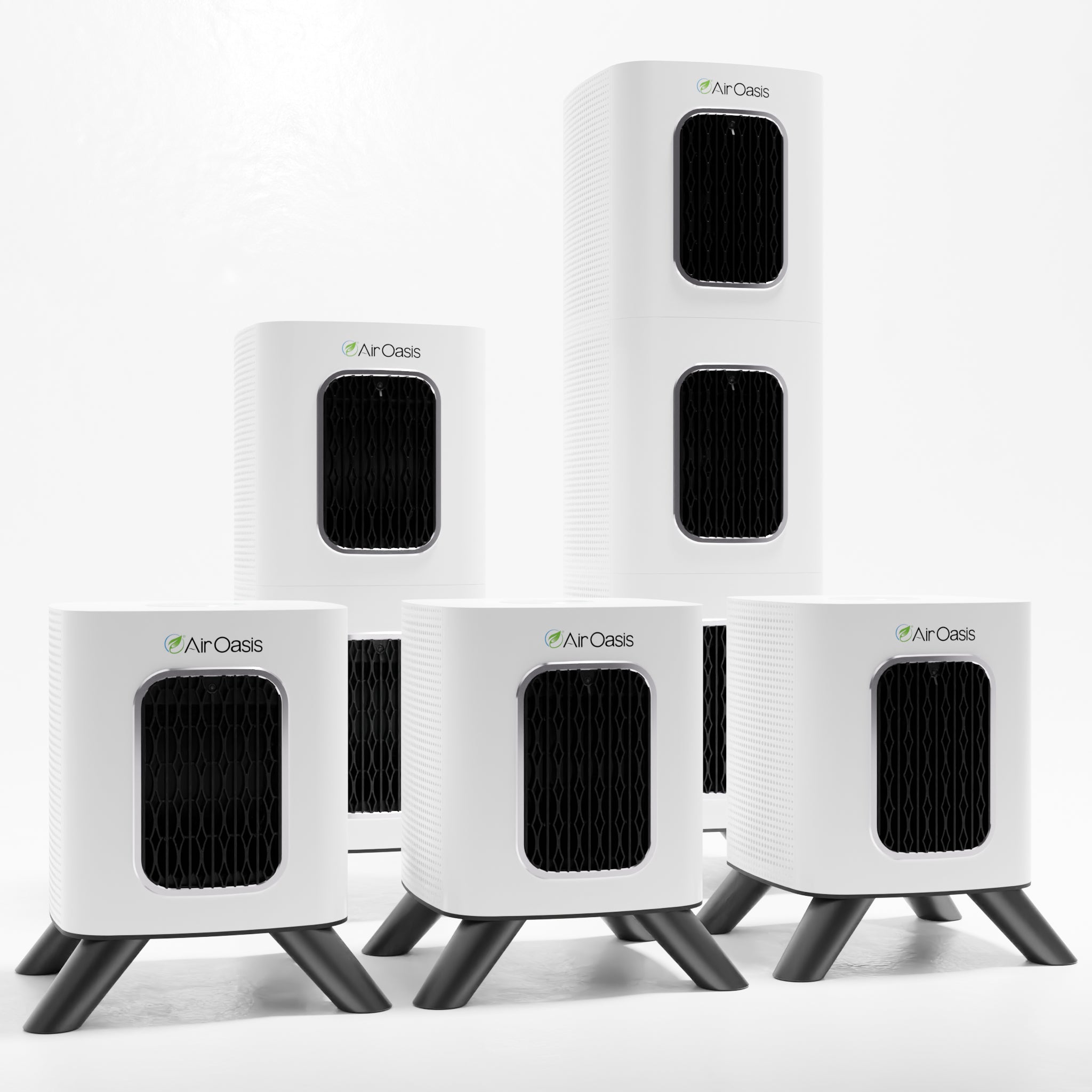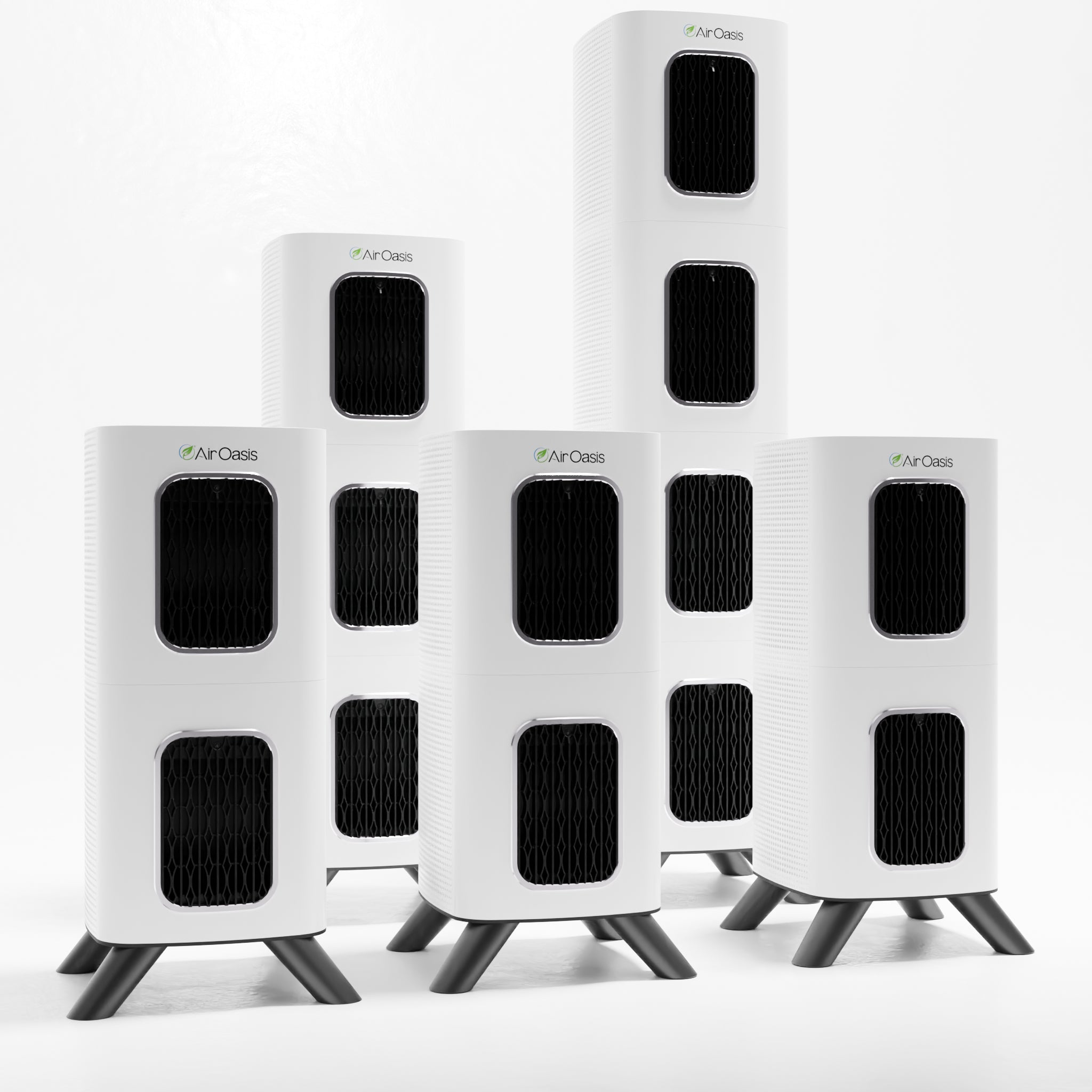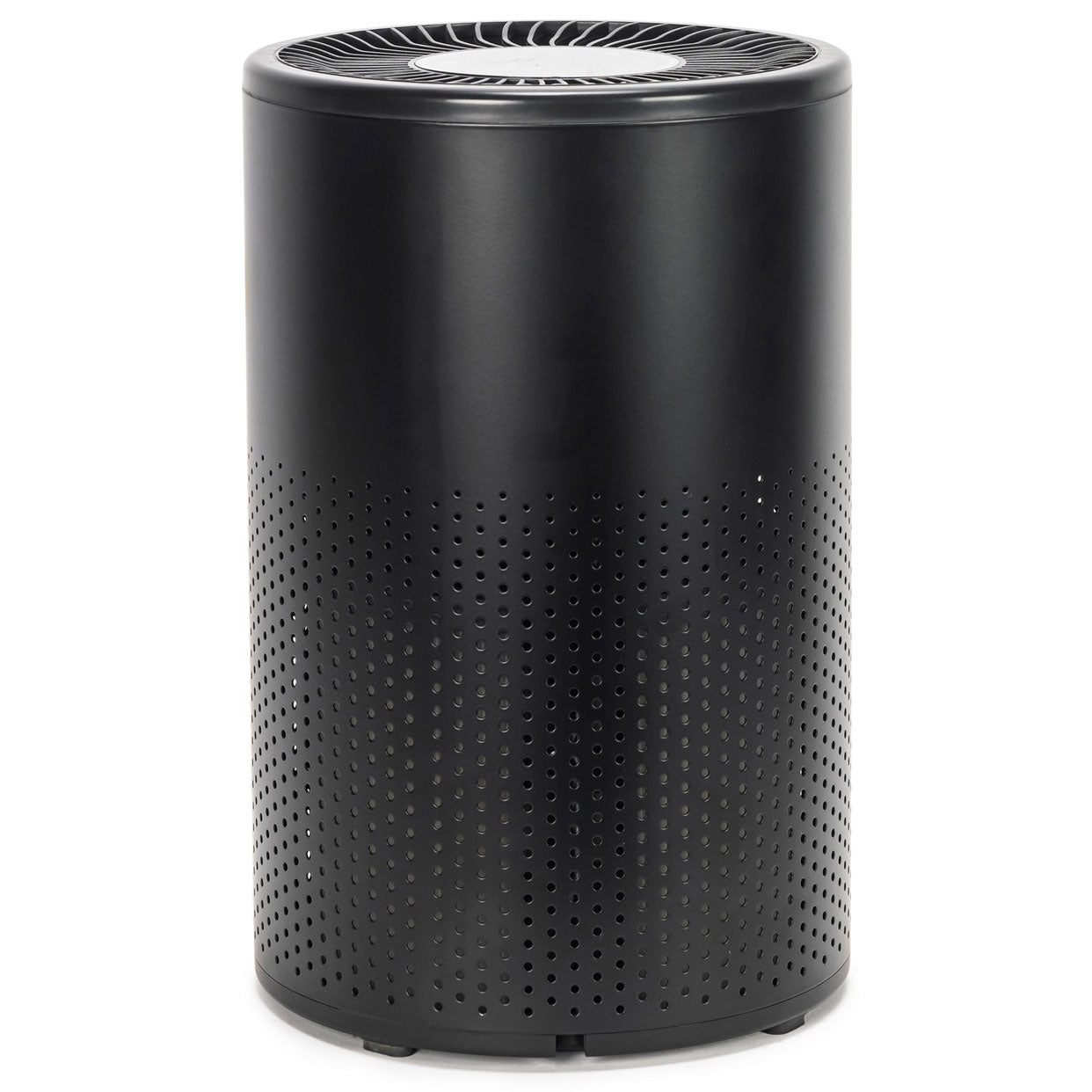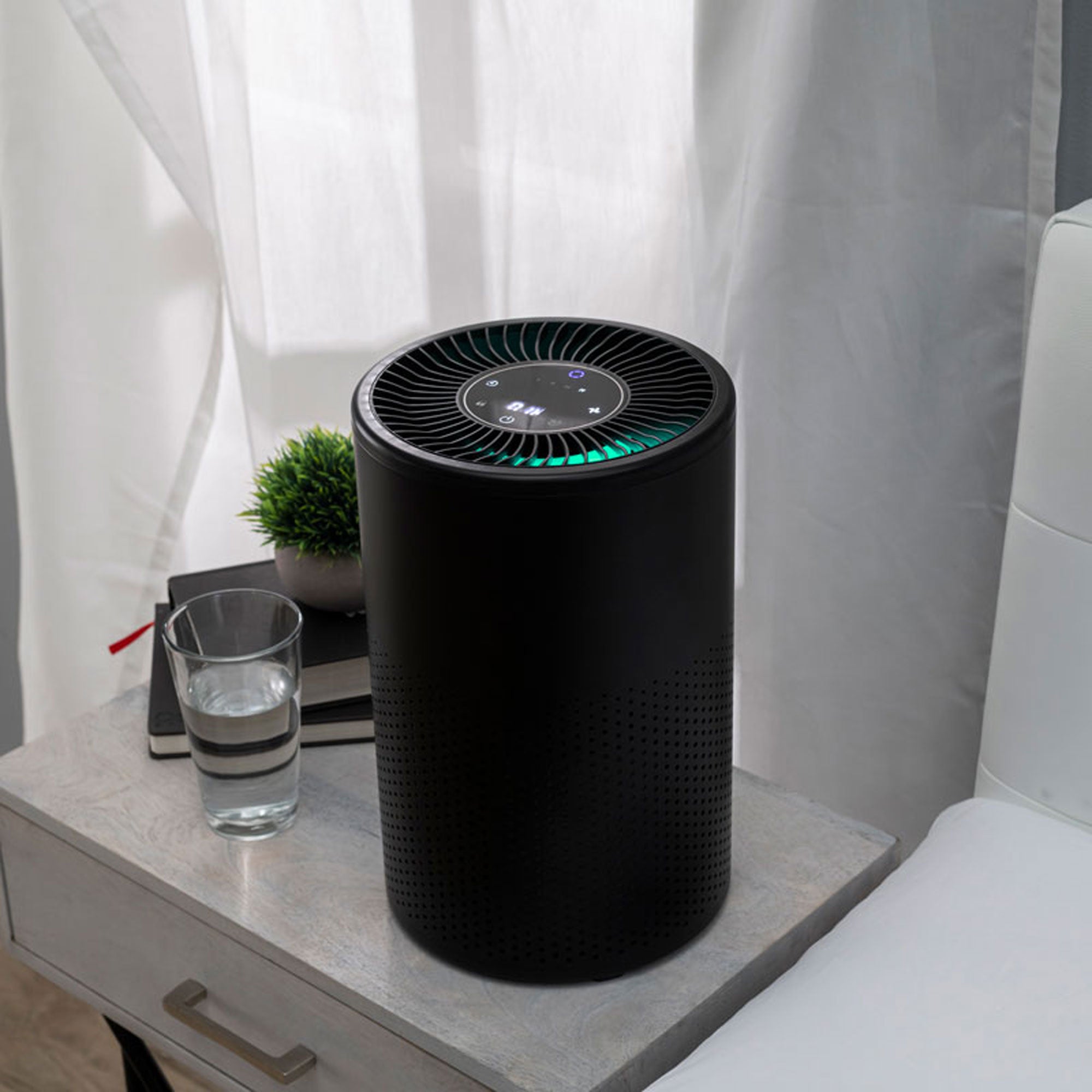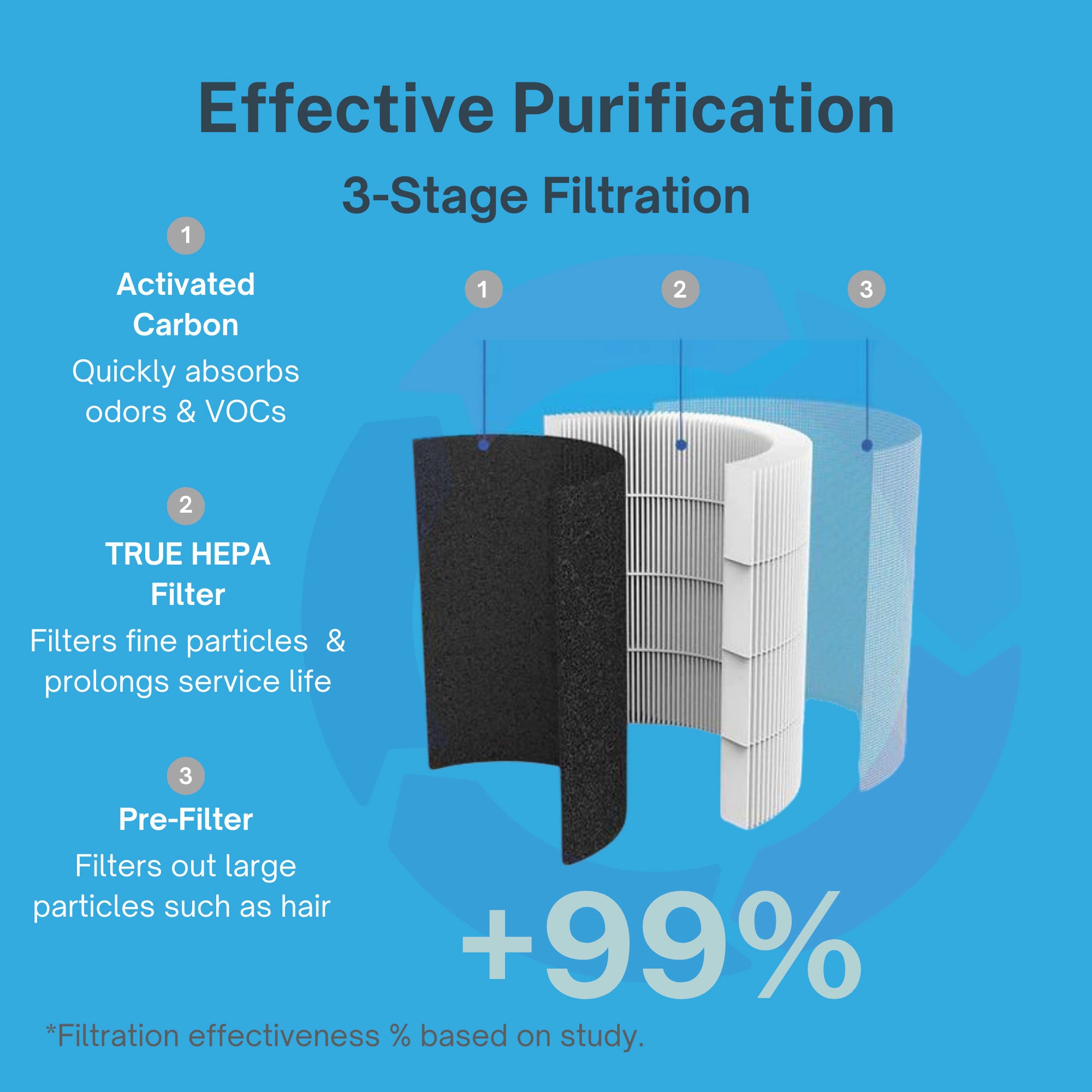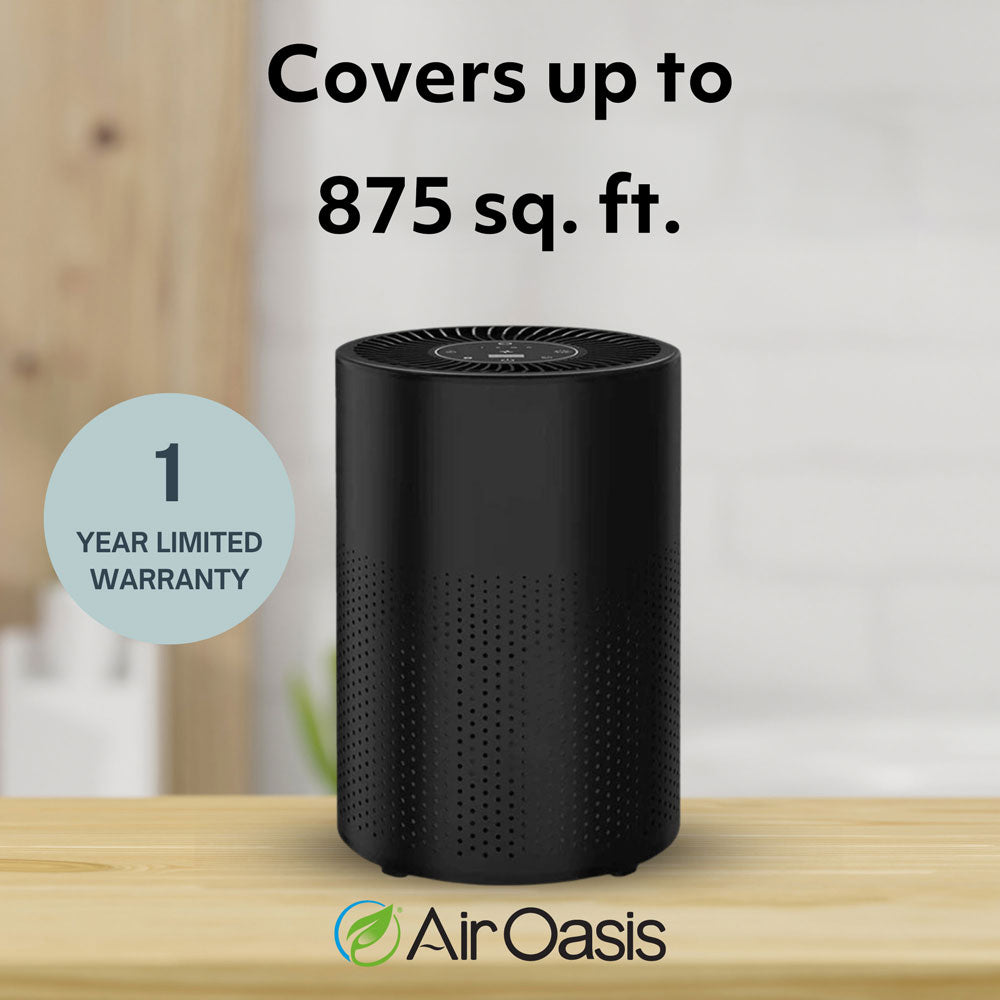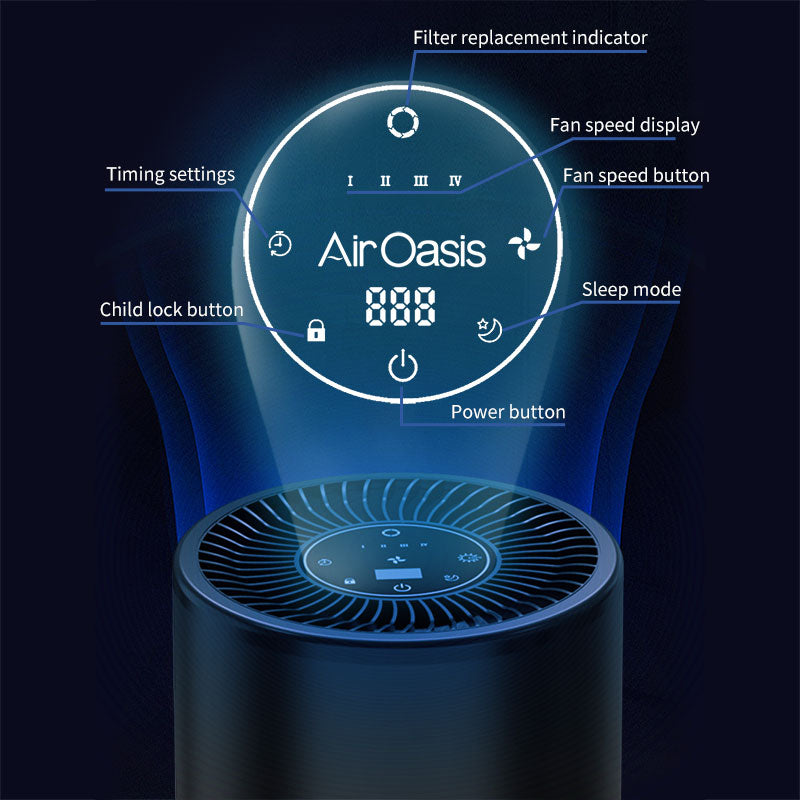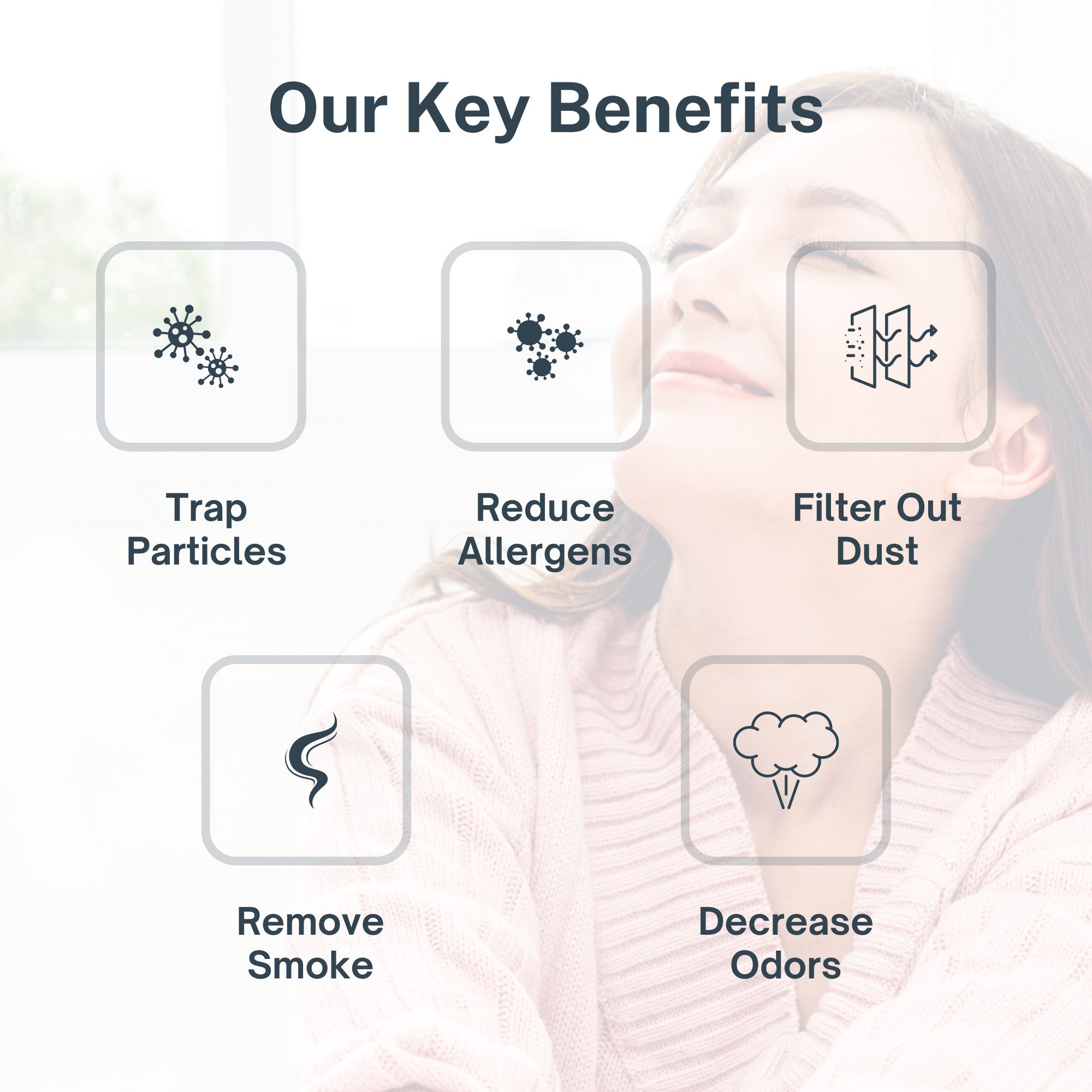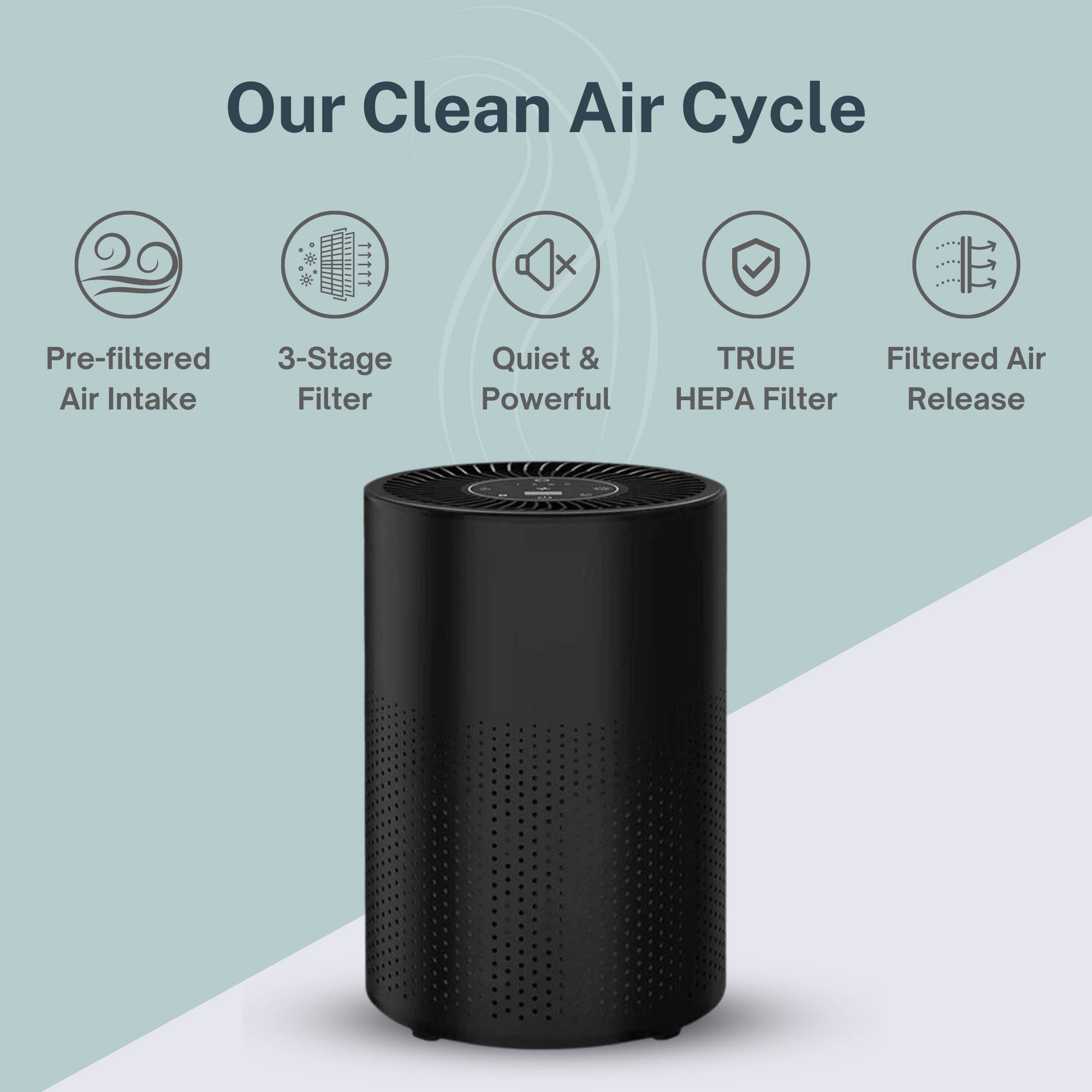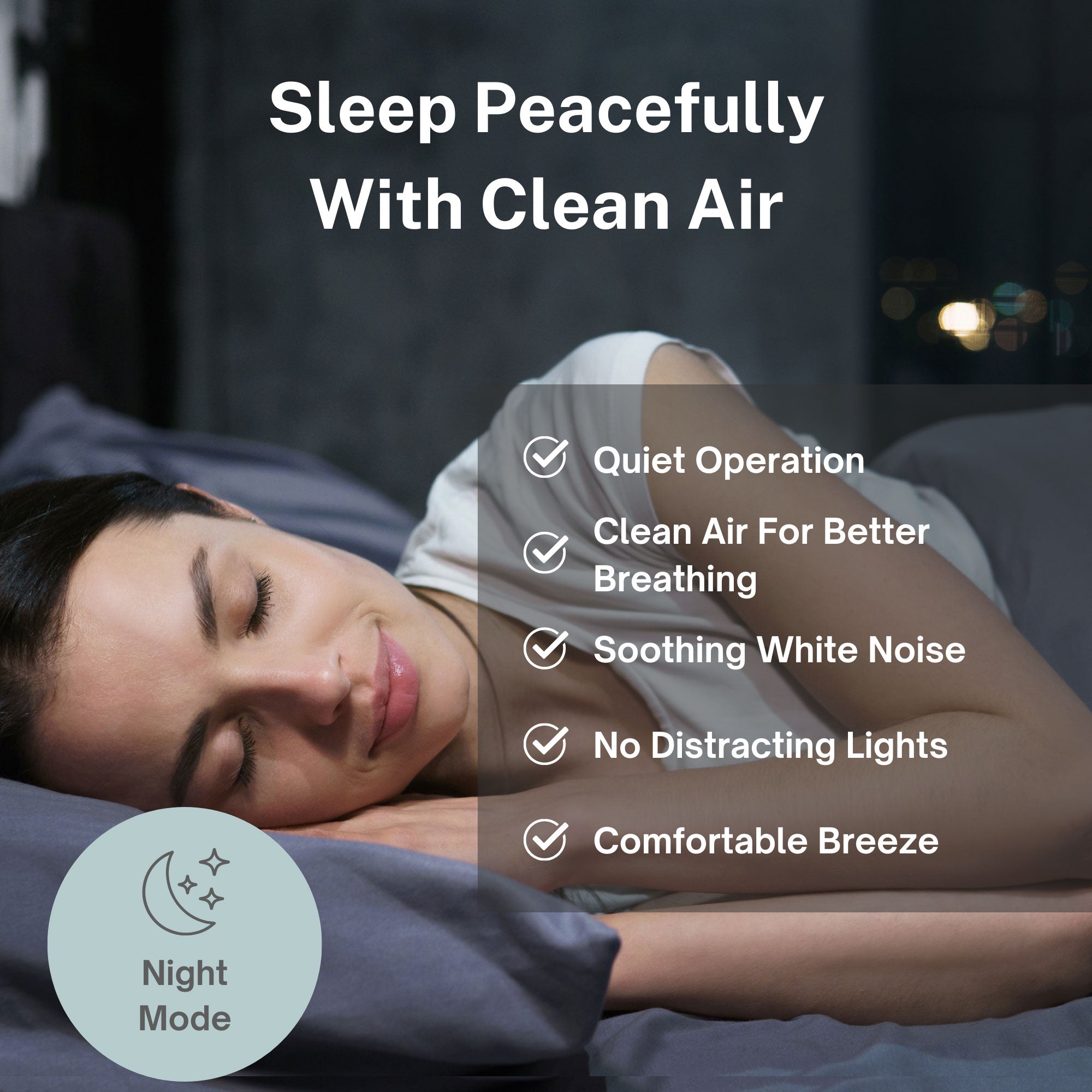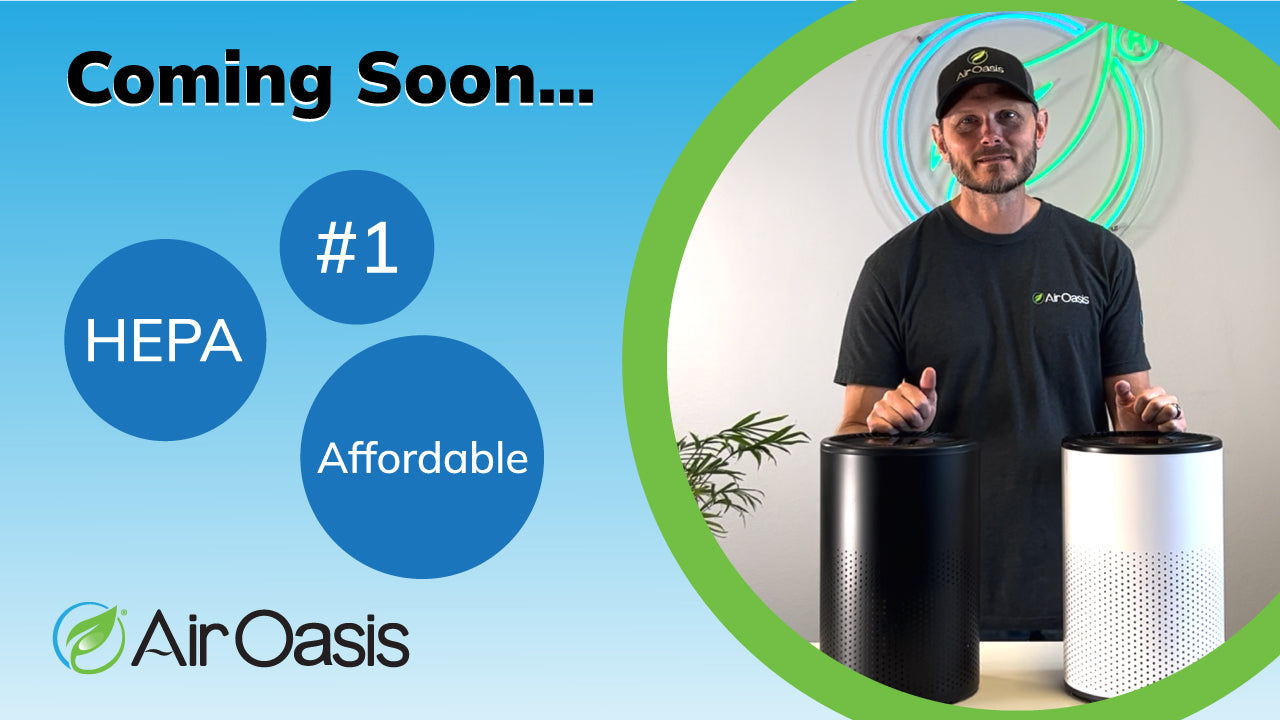The air around us is changing in ways we cannot see. While pollution controls reduce traditional smog, scientists discover unexpected chemical reactions taking place in our atmosphere. These invisible changes could reshape how we think about the air we breathe every day. UC Merced Professor Xuan Zhang leads groundbreaking research to uncover these atmospheric shifts and their impact on human health.
The NSF CAREER Award Recognition
Professor Xuan Zhang earned UC Merced's 43rd National Science Foundation CAREER Award for her atmospheric chemistry research. The NSF CAREER awards represent some of the most prestigious recognition for early-career faculty members. Zhang receives $621,000 over five years to study "Dynamics of Peroxy Radicals at Extended Lifetimes."
Her project focuses on peroxy radicals - short-lived molecules that form when fuels, plants, or fires release volatile organic compounds. Scientists traditionally believed these radicals disappeared quickly by reacting with nitrogen oxides or hydrogen compounds. However, as global pollution drops, the radicals linger longer and behave unexpectedly.
"This project is about understanding how our atmosphere is changing as pollution controls take effect worldwide," Zhang explains. Her research examines how peroxy radicals transform into different versions and create highly oxidized organic molecules. These reactions produce tiny airborne particles that damage lungs and trap atmospheric heat.
Understanding Peroxy Radicals and Atmospheric Chemistry
Peroxy radicals play a crucial role in air quality that most people never consider. These molecules form whenever organic compounds enter the atmosphere from combustion engines, industrial processes, or natural sources. Traditional atmospheric models assumed these radicals would react quickly and disappear.
The reality proves more complex. As emissions controls reduce nitrogen oxides worldwide, peroxy radicals survive longer in the atmosphere. They undergo chemical transformations that current models cannot predict accurately. Zhang's research reveals how these extended lifetimes create new types of airborne particles.
These particles matter for indoor environments too. Outdoor atmospheric chemistry directly influences what enters our homes through ventilation systems and open windows. Advanced air purification technology becomes essential as atmospheric chemistry evolves in unpredictable ways. Modern HEPA filtration systems can capture many of these newly formed particles before they circulate through living spaces.
The health implications extend beyond what scientists previously understood. Zhang's team studies how aromatic compounds from combustion transform into highly oxidized molecules that penetrate deeper into respiratory systems.
Health Implications of Changing Air Chemistry
The longer-lasting peroxy radicals create particles that pose serious health risks. These highly oxidized organic molecules penetrate deep into lung tissue where larger pollutants cannot reach. Research shows that smaller particles cause more inflammation and oxidative stress in respiratory systems.
Zhang's findings connect to growing concerns about air pollution's role in chronic diseases. The EPA recognizes that fine particles contribute to heart disease, stroke, and premature death. As atmospheric chemistry changes, new particle types may present unknown health challenges.
Health-conscious individuals face an invisible threat. Traditional pollution metrics may not capture these emerging contaminants. The particles form through complex atmospheric reactions that occur miles from their original sources. By the time they reach populated areas, they have transformed into different compounds entirely.
Current air quality monitoring systems were designed for older pollution patterns. Zhang's research suggests that future air quality assessments will need updated approaches to protect public health effectively.
Indoor Air Quality Connections
Atmospheric chemistry changes directly impact indoor environments. Outdoor air enters homes through HVAC systems, open windows, and building ventilation. The newly formed particles from extended peroxy radical reactions follow these pathways into living spaces.
Indoor air often contains higher concentrations of pollutants than outdoor air. When atmospheric chemistry produces new particle types, indoor concentrations can increase significantly. Traditional building filtration systems may not capture these emerging contaminants effectively.
Modern air purification systems address these evolving challenges through multi-stage filtration. HEPA technology captures particles as small as 0.3 microns, including many of the highly oxidized molecules Zhang studies. UV-C light and ionization provide additional protection against complex organic compounds.
Health-conscious families recognize that controlling indoor air quality becomes more critical as outdoor chemistry evolves. Professional-grade air purification offers protection against both known and emerging airborne threats.
Future Research and Climate Impact
Zhang's research feeds directly into large-scale climate models used by policymakers worldwide. Understanding how peroxy radicals behave helps scientists predict future air quality patterns more accurately. This knowledge enables better evaluation of emissions control effectiveness.
The project includes strong educational components. Six undergraduates will participate in a nine-week bridge program at the National Center for Atmospheric Research. UC Merced will host summer workshops for high school teachers to incorporate climate science into classrooms. The team plans YouTube animations to make atmospheric chemistry accessible to general audiences.
Climate predictions depend on accurate atmospheric chemistry models. Zhang's findings about extended peroxy radical lifetimes could reshape how scientists forecast air quality changes. Better models lead to more effective policies that protect both health and environment.
Take Control of Your Indoor Air Quality Today
Zhang's groundbreaking research reveals that atmospheric chemistry continues evolving in unexpected ways. As outdoor air quality faces new challenges from changing chemical reactions, protecting indoor environments becomes increasingly vital for health-conscious individuals.
The formation of highly oxidized particles from extended peroxy radical lifetimes represents just one example of how air quality science advances. While researchers work to understand these atmospheric changes, families can take immediate action to improve their indoor air quality.
Professional air purification technology provides reliable protection against both current and emerging airborne threats. Don't wait for atmospheric chemistry to stabilize - create cleaner air in your home today. Shop Air Oasis and take control of the air your family breathes.





